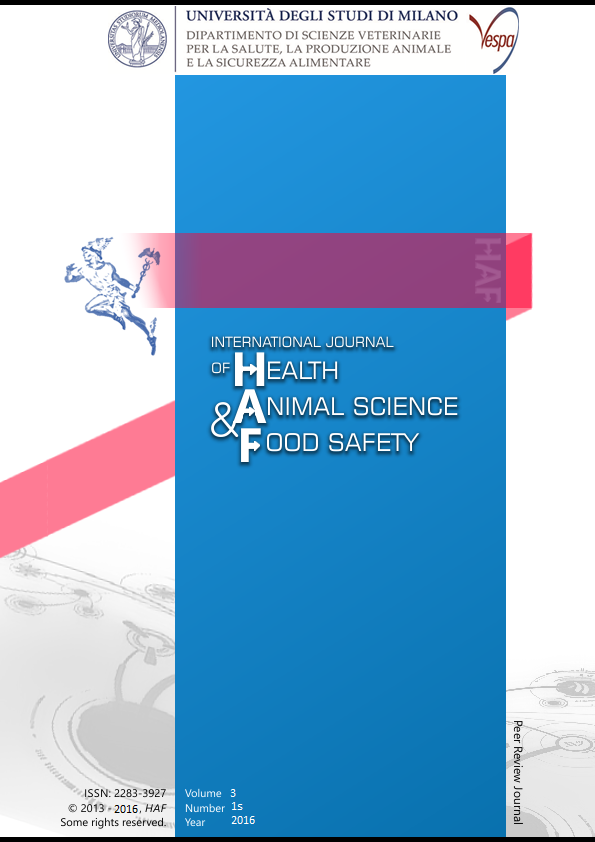Abstract
Ticks can harbor complex and highly variable microbial communities. Among these microorganisms,
there are important pathogens of humans and animals that can be transmitted through the blood meal.
Less is known about the other members of the microbial community of Ixodida, those that do not cause
overt diseases. Among these, Midichloria mitochondrii, symbiont of the tick Ixodes ricinus, is the first
described member of the family Midichloriaceae, order Rickettsiales. This bacterium is present in 100%
females and is vertically transmitted (Sassera, 2008). The possibility of horizontal transmission is
suggested by serological and molecular analyses showing positivity of mammalian blood and sera to M.
mitochondrii (Mariconti, 2012; Bazzocchi, 2013). However, its role is still unknown. Recent reports are
expanding the view of this family, now including bacteria of great biological and medical interest,
indicating a widespread distribution with an increasing range of hosts, with ticks being strongly
represented (Epis, 2008).
Here we present a molecular screening of 17 tick species (for a total of 92 individuals), detecting and
quantifying bacteria closely related to M. mitochondrii in seven of them, including the first report of a
midichloriacea in a soft tick species, Ornithodoros maritimus. Based on sequence identity and
phylogenetic analysis we propose that these bacteria could constitute the genus Midichloria. The
performed screening highlights different prevalence levels in different tick species including one, Ixodes
aulacodi, where the bacteria is present in all examined individuals, like in I. ricinus. This result prompts
us to hypothesize different roles of Midichloria bacteria in different tick species.
Riferimenti bibliografici
Bazzocchi, C., Mariconti, M., Sassera, D., Rinaldi, L., Martin, E., Cringoli, G., Urbanelli, S., Genchi, C., Bandi, C., Epis, S., 2013. Molecular and serological evidence for the circulation of the tick symbiont Midichloria (Rickettsiales: Midichloriaceae) in different mammalian species. Parasit Vectors 6, 350–56.
Epis, S., Sassera, D., Beninati, T., Lo, N., Beati, L., Piesman, J., Rinaldi, L., McCoy, K.D., Torina, A., Sacchi, L., Clementi, E., Genchi, M., Magnino, S., Bandi, C., 2008. Midichloria mitochondrii is widespread in hard ticks (Ixodidae) and resides in the mitochondria of phylogenetically diverse species. Parasitology 135, 485–94.
Mariconti, M., Epis, S., Gaibani, P., Valle, C. dalla, Sassera, D., Tomao, P., Fabbi, M., Castelli, F., Marone, P., Sambri, V., Bazzocchi, C., Bandi, C., 2012. Humans parasitized by the hard tick Ixodes ricinus are seropositive to Midichloria mitochondrii: is Midichloria a novel pathogen, or just a marker of tick bite? Pathogens and Global Health 106, 391–396.
Sassera, D., Lo, N., Bouman, E.A., Epis, S., Mortarino, M., Bandi, C., 2008. “Candidatus Midichloria” endosymbionts bloom after the blood meal of the host, the hard tick Ixodes ricinus. Appl Environ Microbiol 74, 6138–40.
This work is licensed under a CC BY-SA 4.0 international

